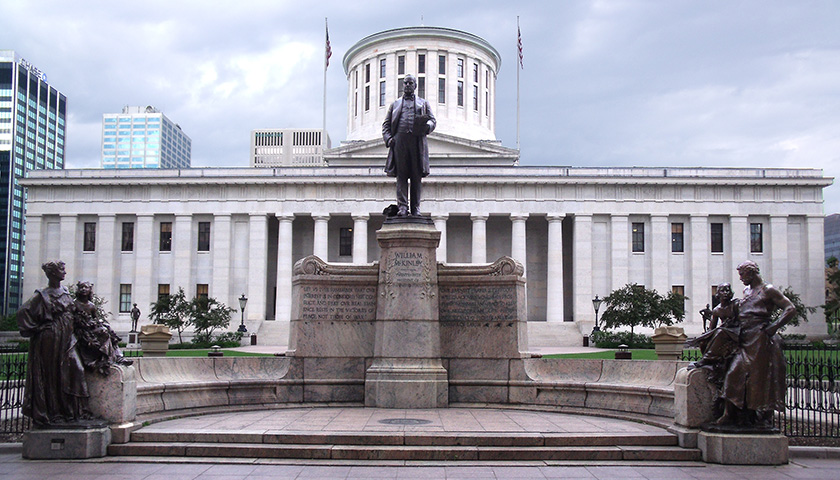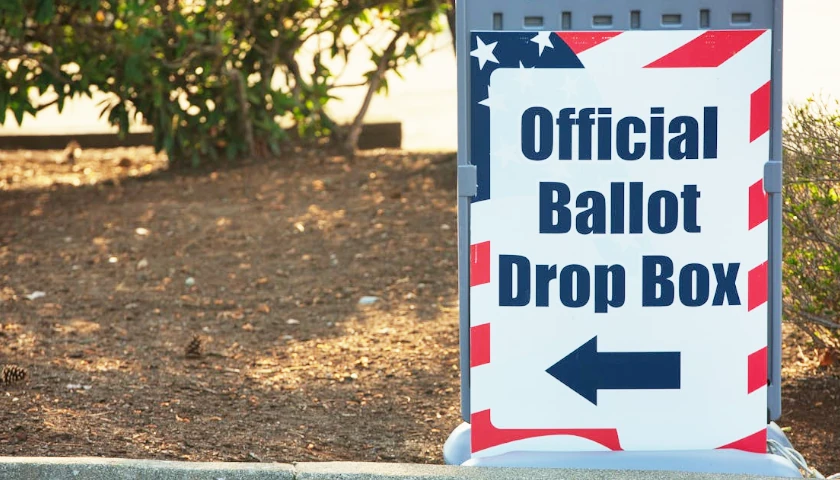A package of Republican-backed bills designed to crack down on municipalities that employ photo-monitoring devices to enforce traffic, received its first hearing before state lawmakers Tuesday at the Ohio House Transportation and Public Safety Committee.
State Representative Tom Patton (R-Strongsville) is a long time critic of traffic cameras. He says that traffic cameras are a scheme that funnels cash to camera-friendly towns and does little to protect Ohio’s roadways.
“These bills provide reasonable solutions to our ever-growing problem of the misuse of local authority. Traffic cameras have proven to be a nuisance to the public providing zero increase to public safety, and while I understand their purpose in principle, I have yet to see it in practice,” Patton said.
According to Patton, among the seven bills in the legislative package, House Bills 547 to 553, four were introduced in the previous legislative session.
House Bill 547: Prohibit a municipal corporation or township that does not operate either a fire department or an emergency medical services organization from utilizing traffic law photo-monitoring devices.
House Bill 548: Prohibit a local authority with a population of 200 or fewer from utilizing traffic law photo-monitoring devices.
House Bill 549: Prohibit a local authority, in any year, from issuing a total number of traffic tickets based on the use of traffic law photo-monitoring devices that exceeds two times the population of the local authority.
House Bill 550: Prohibit a local authority from deriving more than 30 percent of the total annual revenue of the local authority from the issuance of tickets for traffic law violations based on evidence recorded by traffic law photo-monitoring devices.
House Bill 551: Require 80 percent of all revenue from a traffic camera ticket be used for law enforcement expenses.
House Bill 552: Prohibit placement of a traffic camera within one-half mile of an interstate highway entrance.
House Bill 553: Prohibit a local authority, located in a county with a population of one million or more, from using traffic cameras to enforce traffic violations on interstate highways.
According to Patton, the town of Linndale has a population of just 160 people, but it collects $2.3 million from unwitting passers each year. The town’s annual budget is $2.7 million, funded mostly by speeding tickets.
“This is clearly an unjust use and abuse of municipal local authority,” Patton said.
According to Fox 8, Newburgh Heights and East Cleveland issued more than 59,000 traffic camera-based tickets in 2021 nearly 30 times the population of the village. They argued before the Ohio Supreme Court in February last year that a law designed to restrict the traffic-enforcing tech violated local governments’ “home rule” authorities. In May this year, the court upheld the state’s ability to offset the amount of money a municipality services from traffic camera tickets.
In 2019 and 2020 the Village of Brice in southeast Columbus generated about 80 percent of its total general fund from traffic-camera tickets. From 2015 to 2020, that revenue amounted to $2.3 million for the 100-person village, according to an audit conducted by Ohio Auditor Keith Faber in March this year.
“This tiny village is a speed trap reliant on automated speeding citations to pay the bills. There’s no other reason for it to exist,” Faber said.
State Representative Haraz N. Ghanbari (R-Perrysburg), spoke in advocacy of the bills saying the event of being pulled over by a law enforcement officer is more effective than a traffic camera.
“We want to stop an individual who is driving at excess speeds we don’t want to take a picture of the license plate and send a ticket a month later. Speed tickets from their cameras also don’t affect your insurance rates or premiums,” Ghanbari said.
According to the National Conference of State Legislatures (NCSL), “recent trends show fewer governments are operating red-light and speed cameras.”
Several states either prohibit red-light and speed cameras or prohibit automated enforcement of traffic infractions caught by such cameras.
Those states include Maine, Mississippi, New Hampshire, South Carolina, Texas, and West Virginia.
Some states have also banned red-light cameras or speed cameras, but not both.
– – –
Hannah Poling is a lead reporter at The Ohio Star and The Star News Network. Follow Hannah on Twitter @HannahPoling1. Email tips to [email protected].
Photo “Tom Patton” by Ohio House of Representatives. Background Photo “Traffic Signal with Cameras” by Ben Schumin. CC BY-SA 2.0.





